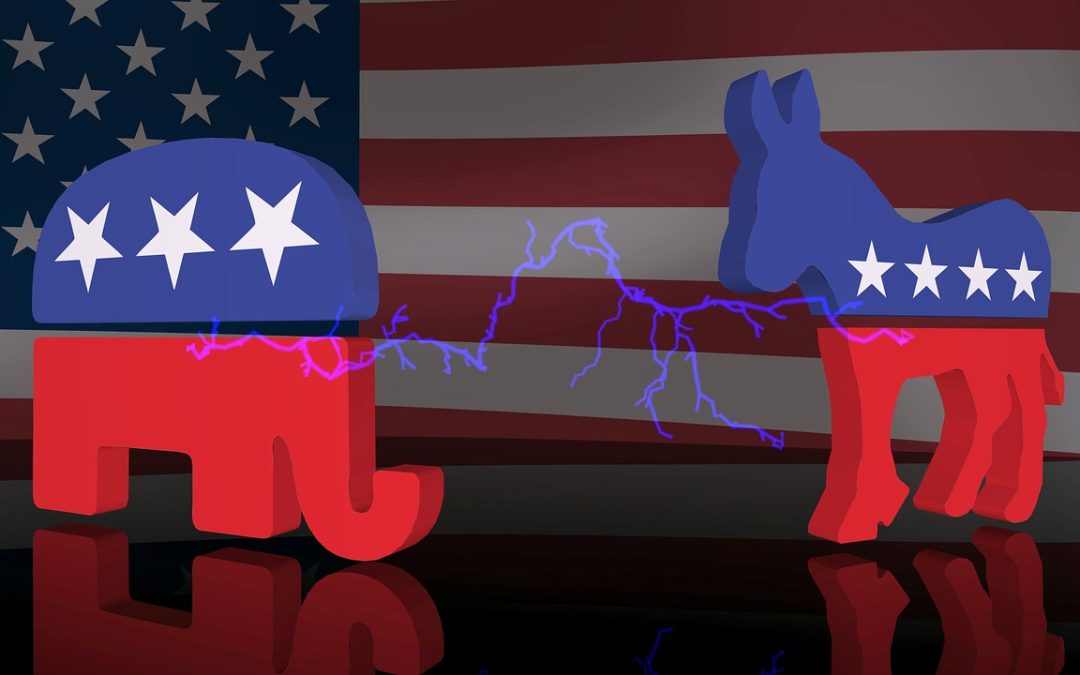The North American Electoral System
The 2020 presidential elections in the US tested the strength of the American democratic system. In this sense, Christopher Krebs, who was director of the Cybersecurity Agency until two weeks after the elections, declared that these elections have been the "safest in US history." In effect, the election of the president and vice president is carried out through an indirect election where direct voters only choose the members of the Electoral College and these, in turn, pay for the 'electoral votes' to elect the president and vice president. To win, candidates must achieve an absolute majority with at least 270 of the 538 total votes.
The basic voting process, for its part, is managed independently at the level of each of the 50 states of the Union, where each entity has its own electoral management structures. This is how, depending on the electoral regulations of each state, the process of voting and counting the votes remains in the hands of the different local jurisdictions, usually the municipalities and, exceptionally, some cities. This implies that there are more than 10,000 electoral jurisdictions that are in charge of calling elections and controlling the electoral process at the local level, including the counting of votes.
The atomization of these highly sensitive functions among a wide universe of officials makes it extremely difficult, if not impossible, for elections to be rigged at the national level.
The Lessons of 2020
Despite the North American electoral process being an “urbi et orbi” example of democratic efficiency and transparency, there is an important sector of society that questions the purity of the system. And it is that the last elections evidenced the dangers and vulnerabilities to which the process could be subject by virtue of the discretion that the laws grant to several of its stellar actors.
Throughout the electoral “way of the cross”, Democratic and Republican judges were put to the test, as well as a series of electoral officials in local and state jurisdictions, and the vice president of the nation himself. Fortunately, apart from the case of a Republican in Michigan who tried to revoke the certification of the votes of that state, the other officials remained attached to the legal regulations and the new government could be installed on January 20.
The Pursuit of Excellence
It is obvious that to the extent that human decisions are replaced or complemented by quasi-infallible voter registration and vote quantification mechanisms, the greater the confidence of voters in the system. It is at this level that the use of “blockchain” technologies is appropriately considered to improve the quality of elections and increase citizen participation in the process.
When working on a blockchain platform instead of the traditional ballot system, there are guarantees of reliability, accuracy and transparency. In effect, blockchain technology (1) minimizes discretion in decisions by election officials; (2) preserves the system against fraud and external intrusions; (3) equips the process with reliable biometric safeguards of facial identification and fingerprints for voter registration; and (4) is satisfied with an accurate and always accessible database for the verification and counting of votes.
In short, blockchain technology provides a robust platform to support a chain of records throughout the process. It has been shown to be secure, decentralized, anonymized, auditable at all stages of the process, and tested in different scenarios.
In recent years, West Virginia, Denver and Utah County have used blockchain-based mobile applications to allow military members and their family members based abroad to cast their votes using a mobile phone. Estonia, for its part, created the world's first national online voting system in 2005 and has used it successfully in eight major elections.
At a time when the world is taking colossal steps in the development of research and science, the US electoral system has remained anchored in the last century and its excellence depends on the effort, good faith and training of its officials. Without a doubt, it is a sector that deserves a technological disruption to shield itself against eventual unpleasant surprises.
Not in vain did the great Gandhi point out that "democracy must mean, in essence, the art of mobilizing the physical, economic and spiritual resources of all sectors of the population and putting them at the service of the common good".




